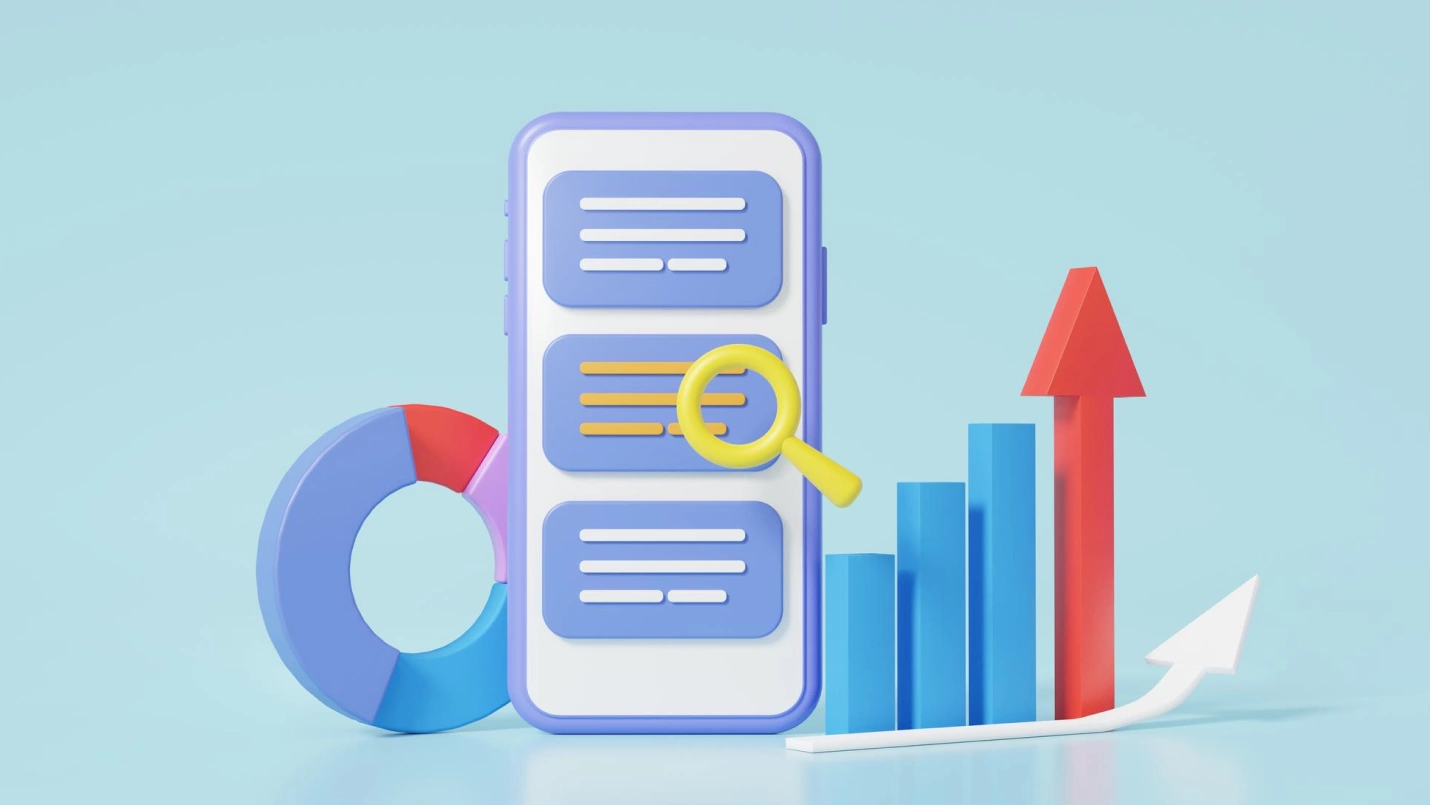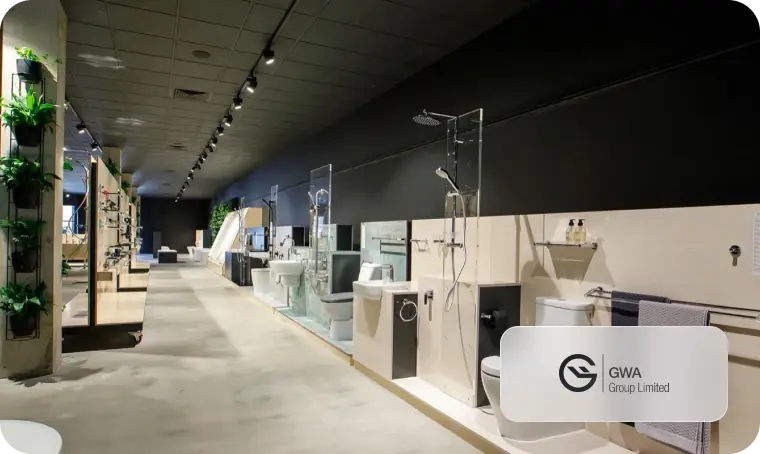B2B businesses are investing their resources in technology to better manage their companies, and to be at the top-of-the-game in the e-commerce market. According to a study by Forrester, the B2B e-commerce app market segment is estimated to reach $1 trillion+, and may hit the $2 trillion mark by 2020.
B2B businesses are evolving considerably. Making the switch over to mainly online business, their customers are also following suit. Forrester Research has said, more than 60% of a B2B buying decision is made online, even before contacting the sales rep. The research further states that about 75% of buyers would rather purchase online than through a sales rep.
74% of buyers already research their purchases online and once they have made a decision, 93% want to complete the purchase online. – Forrester®
Mobile technology is moving at a fast pace in the B2B marketplace. B2B’s online business model is quite different from the B2C model, because it facilitates transactions between two businesses (i.e. wholesalers and retailers or manufacturers); and more and more buyers are using smartphones to make buying decisions. This, in effect, is reshaping the buyer’s journey.
Difference between B2B and B2C e-commerce
Before we delve further into the B2B e-commerce development arena, it is essential to understand the key differences between the two platforms:
1. Size
Volumes and transactions in B2B are considerably larger than B2C. B2B online transactions are double the amount. According to Forbes.com, the B2B e-commerce market is estimated to be valued at $ 6.7 trillion by 2020!
2. Revenue
With B2C, customer acquisition is the key to success. This implies acquiring potential customers and making sales. When it comes to B2B, retention is the most important, as volumes of a product are sold to the same buyer, who is not the end-consumer but an intermediary (buyer or retailer), who is empowered to make the buying decision.
3. Logistics
While sales are direct and individualized in the B2C e-commerce platform, a transaction is made with an intermediary on the B2B platform, and this amounts to a difference in logistics. The B2B e-commerce platform must be well-structured to accommodate higher product volumes, returns, and various other concerns.
4. Product catalogues
B2C e-commerce app platforms such as Amazon® or eBay® display a standard assortment of products for customers. However, it is not the same on the B2B platform, where a transaction is made with an intermediary, and not the end customer. This calls for customization in the end-to-end purchasing process. For example: the e-commerce platform must contain multi-vendor catalogues to accommodate the preferences of each buyer and retailer.
While the B2C commerce follows a standard set for all customers, the B2B platform caters to the specific needs of their customers.
5. Terms and pricing
When it comes to terms and pricing for B2C customers, it is a standard flow: customers can see the same products and price range, place orders, and then make the payment. In the B2B e-commerce platform, however, the price quotes are negotiable. They are based on numerous factors such as purchase volumes, customized orders, loyalty programs, and contract-based price adjustments, to name a few.
6. Order approvals and sales ownership
There are no order approvals in B2C, the sales occur directly with the end buyers. This is more applicable with B2B where approvals and negotiations processes are standard, so their digital commerce platforms support it.
In terms of ownership of the B2C sales processes, the marketing team with less involvement from IT and operations manages it. On the contrary, IT and operations play a key role in the B2B sales processes, given that establishing strong relationships with buyers is very important.
Why is there a need to optimize B2B e-commerce app?
According to a study, mobile drives more than 40% of revenue in leading B2B organizations. Thus, there is a shift from the earlier dependency on sales over marketing, for generating revenue. B2B businesses are leveraging mobile to engage customers, and are showing positive outcomes, such as a decrease in the time taken to purchase, and to develop customer loyalty.
Today’s B2B buyers look for the same digital experience they encounter as consumers.
– The Boston Consulting Group (BCG)
As per a survey conducted with a number of B2B mobile businesses, the findings were:
- They invested about 25% of their advertising budget on mobile. While the leading companies had an average spend of over 50%, the smaller players were spending less than 10%.
- They rated their mobile experience as strong or very strong.
- They applied a revenue attribution methodology, which is the process of aligning or matching specific marketing costs to the company sales revenue, in order to measure ROI.
- They employed mobile personalization.
- They invested in made-for-mobile content.
- They invested in in-site optimization for mobile, such as test-and-learn
The above findings show the growing significance of mobile, for success in online marketing. About 65% of B2B businesses offer mobile apps with the purpose of creating brand awareness, customer engagement, increasing revenue, and most importantly, converting site visitors into buyers; this shows that they have gone the extra mile to optimize their apps. This acts as a ready reckoner for businesses that haven’t explored this arena, or are facing a challenge while doing so. In the next section, we look at how m-commerce optimization can be done.
How to optimize the B2B e-commerce app
The following measures can be adopted to improve user engagement and experience on a mobile app:
Enhanced search
As per IBM Watson Commerce, about 76% of B2B buyers consider an enhanced search to be one of their must-have features. With customers increasingly using their mobiles to make buying decisions or purchases, having an enhanced search mechanism in place is beneficial. Listed below are the different types of “search” options:
1. Faceted search
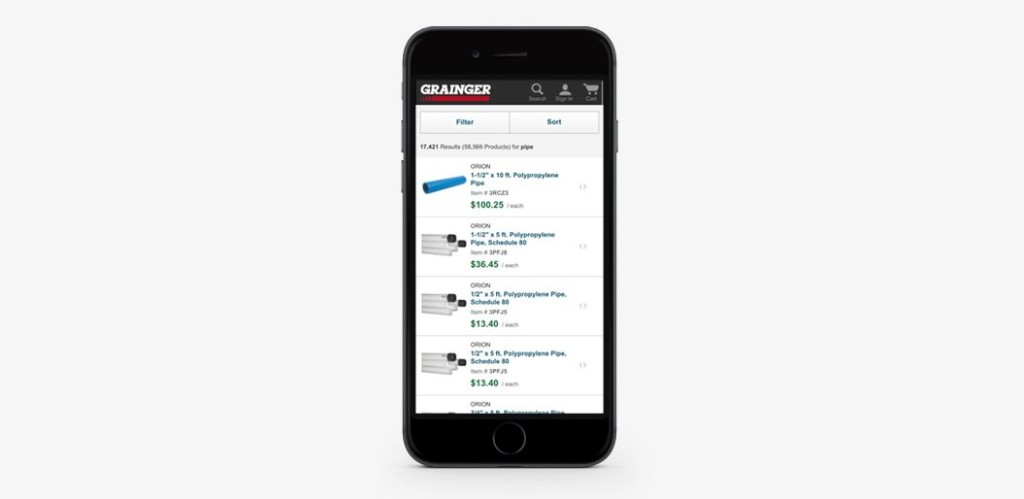
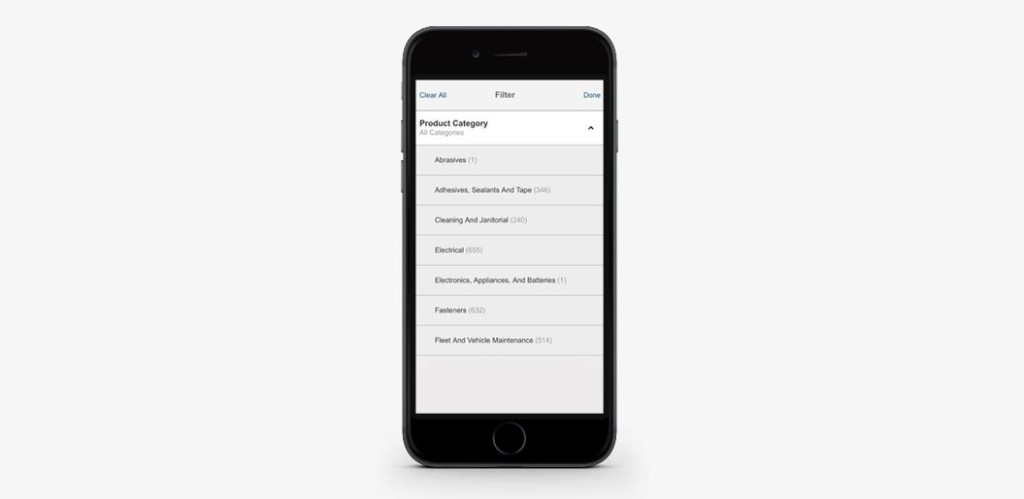
Also known as guided navigation, faceted search employs product attributes, and presents them as visible criteria, which can help refine the search without having to go through the entire catalogue of descriptions.The values can either be a flat list that offers a single option (eg: product size list), or hierarchical, which offers several options through multiple levels (eg: product categories, Computers > Laptops).
The values can either be a flat list that offers a single option (eg: product size list), or hierarchical, which offers several options through multiple levels (eg: product categories, Computers > Laptops).
This search feature on mobile is visible under the filter option on the product-listing page.
2. Flexible search
Through a flexible search, products can be searched using different names, apart from their original name. For example, a customer typing “Apple tablet”, can be shown the iPAD, or typing “Galaxy tab,” will see a display of the Samsung galaxy tablets available. Supporting flexible product naming convention is definitely a plus.
3. Unit of measure (UOM).
When looking for products in UOM, it is essential to offer several variations in search results. For example, pound can also be searched as “pound-mass, lb, lbs, #” Thus if a search is made for 50 pounds, results can be 50 pound-mass, 50 lb, 50 lbs, #50. Embedding such complex search queries would enhance the CX (customer experience).
4. Saved searches
With this feature, customers can save their searches on the app by naming them. Furthermore, they can pick specific searches from the list and review the findings.
5. Autosuggest
Another search that assists users in finding the most accurate results. Here, the customer should be presented with matching results, when they run their search. For example, matching name or description, brand name, etc…
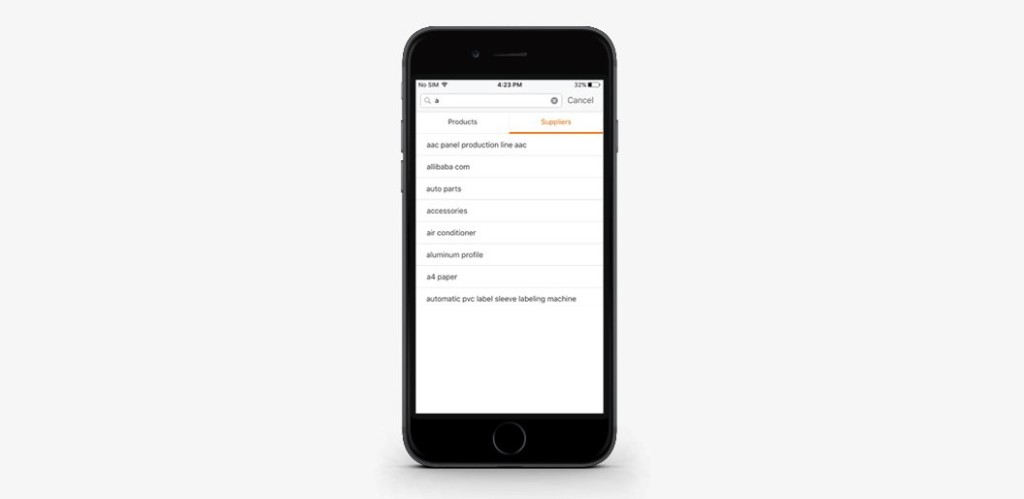
Interactive product catalogues
1. Product bundles
With B2B buyers making bulk purchases unlike a B2C customer, the search results listed on the app must offer products sold in bundles, or in bulk. Also, products that have related offerings (e.g. warranties), must also be featured in the listing.
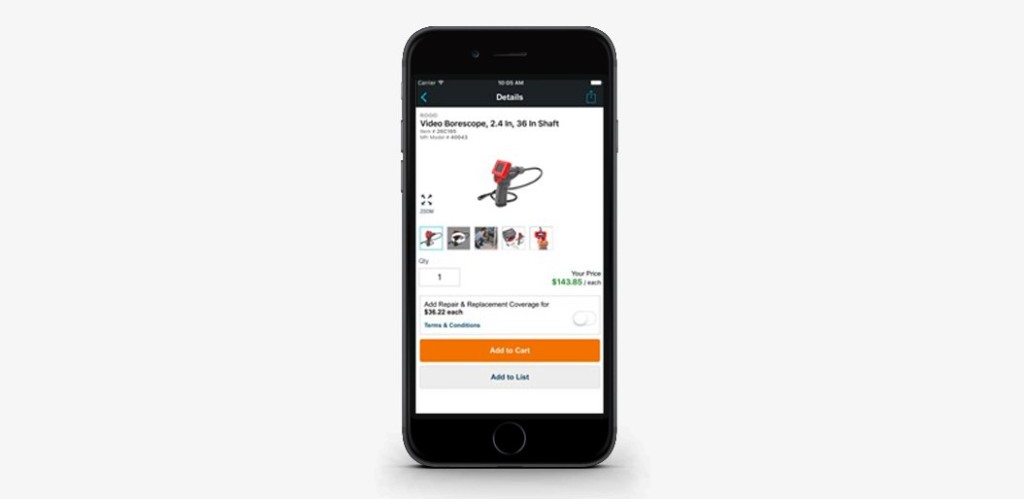
2. Product accessories
This feature enables the user to view other components of the selected product. For example, product accessories.
3. Saved lists
With this feature, products can be saved as lists, and the user can place the order when needed. This saves time, as the user will not have to go through the hassle of searching for the product more than once.
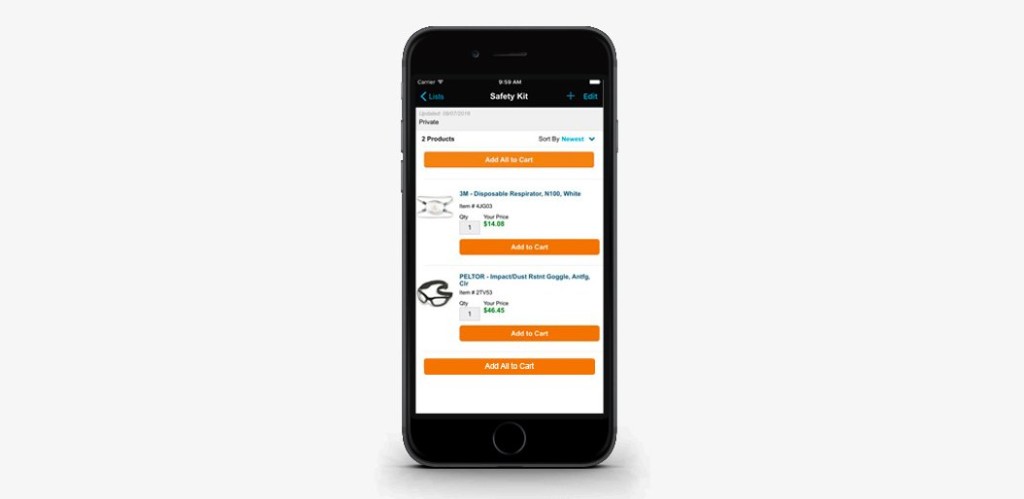
User-centric features
B2B e-commerce is adopting user-centric features similar to those that are found in B2C e-commerce mobile apps – visual appeal, ease of use, and navigation. Below are the measures that can be taken:
1. Enhanced home screen
A diverse home screen secures the brand image as well as sets the tone for user experience. Considered to be the ‘make or the break’ screen, a well rolled-out home screen makes the user journey seamless. Features highlighting recent products, recommended products, recent orders, and a prominent search bar, make for an enhanced user experience.
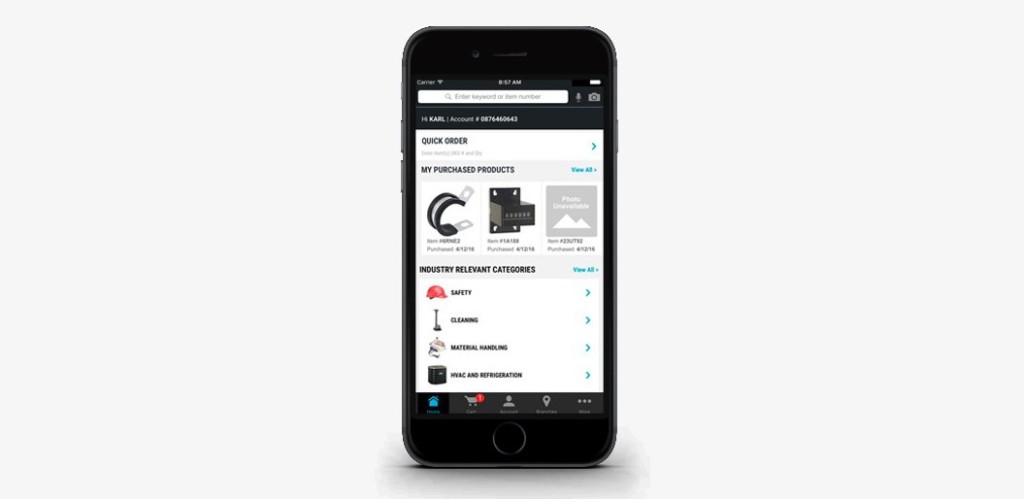
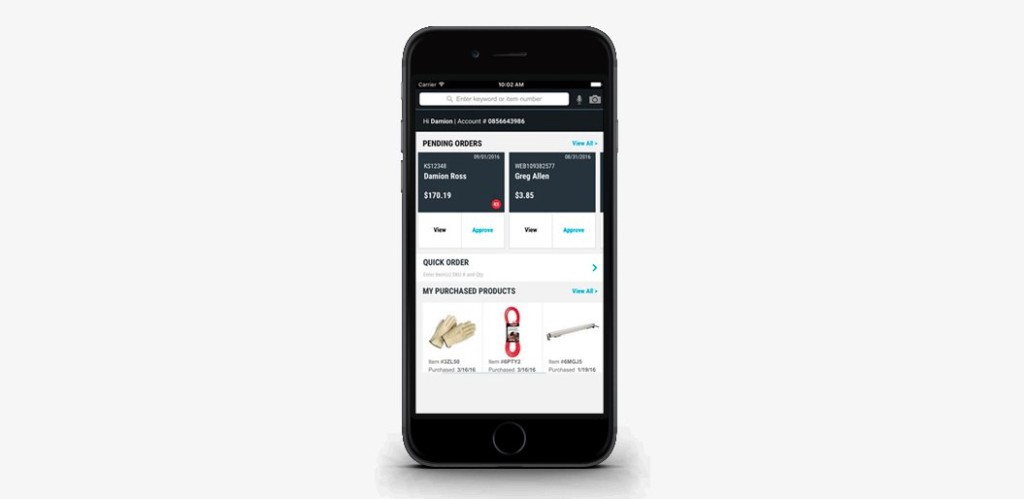
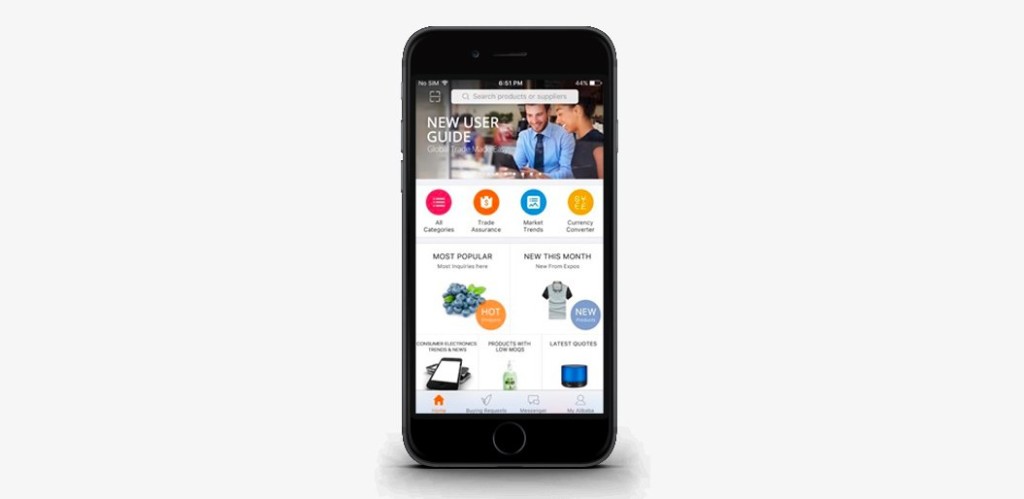
2. Product comparison
For a B2B user, choosing related products and comparing their specifications, or pros and cons, will enable buyers to make informed decisions.
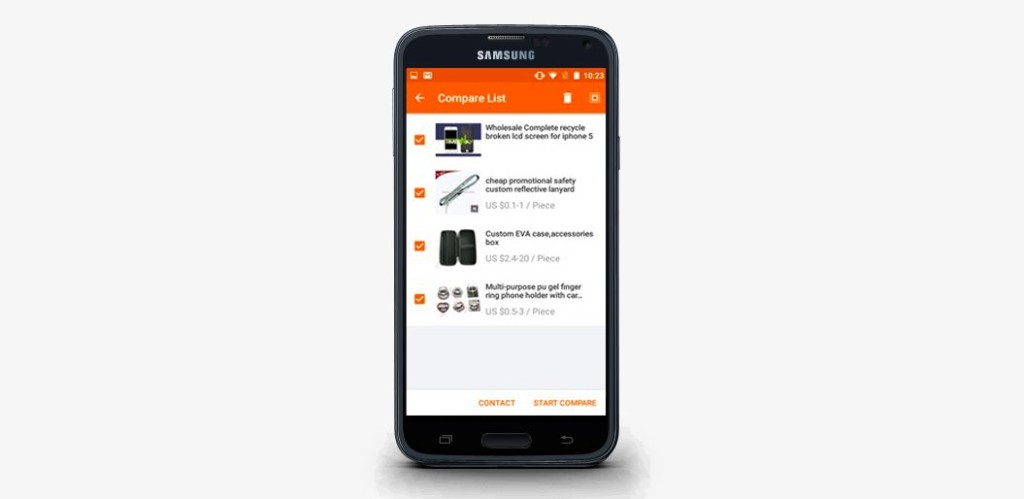
3. Product reviews
Including product reviews of earlier customers in the B2B mobile app can benefit the prospective B2B buyer, and help them make a decision faster, based on sound judgement.
4. Add to favorites
Here, B2B buyers can add their prospective purchases onto a list, which they can order when required. This saves time, and is hassle-free.
5. Recent viewing history
This enables the buyers to view the recent searches they have made in the browser on their mobile app.
Ordering
1. Quick order
With this feature, B2B buyers can directly place their orders by keying in the code and quantity required. Another feature is that they enable the B2B buyer to share codes through excel. Once the order is placed, this feature validates the order (product code and quantities).
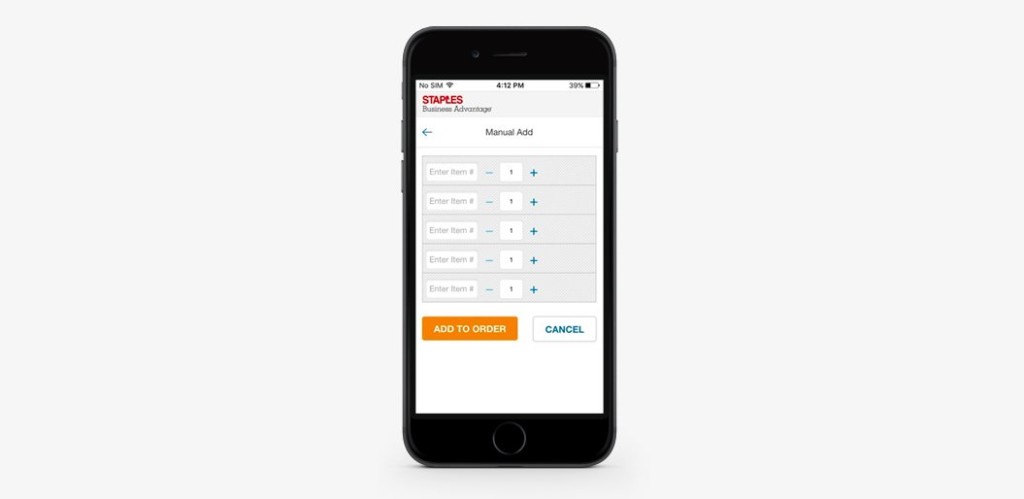
Inventory visibility
1. Subscribing to out-of-stock items
Using this feature, the buyer would be notified of the availability of the products. With mobiles, such a notification would not only lead to an increase in sales but also personalizes the buyer’s mobile app experience.
Personalization
Here are some use cases to present the different ways personalization can be done:
1. Behavioral target promotions
By collecting insights on their buying behavior via web or mobile, targeted deals would be recommended to the buyer to facilitate finalizing the purchase.
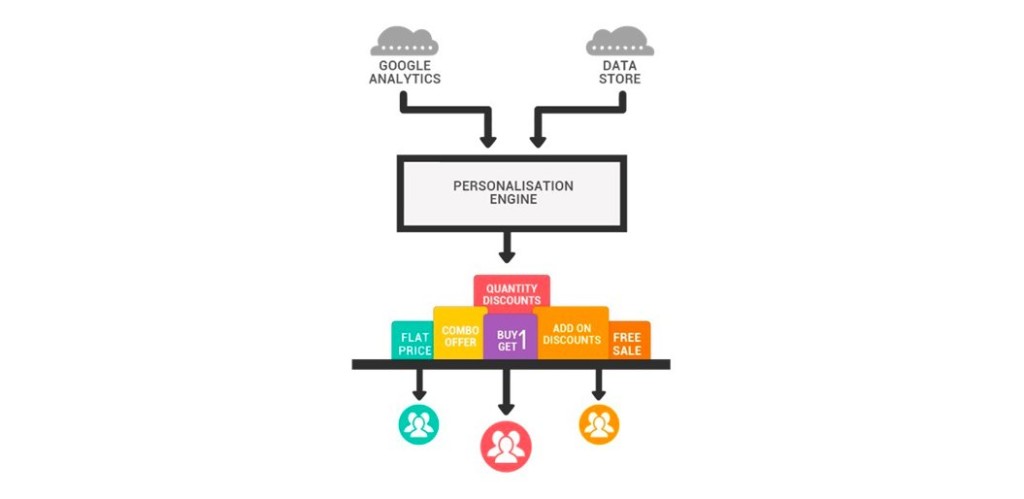
2. Customized catalogues
The buyer is able to create a customized catalogue where they can add selected products to be purchased when needed. Through this custom-built catalogue, they will be able to order the products listed there, rather than going through the process of searching for the products all over again.
3. Customized price notifications
In the mobile app, the buyer can set notifications for products that are in their shopping cart, or those that are of interest. They can use notifications such as new releases, low stock items, price drops, price about to increase, etc.
Enhanced fulfilment capabilities
1. Estimated arrival of product
This feature in the mobile app will provide the buyer the product’s expected delivery time.
2. Order tracking notifications
This feature will notify the buyer of the order status on their mobile app. Alerts notifying the dispatching, shipping, or delivery of their order will be shared with the buyer. Thus the buyer can track the delivery of their order in real-time.
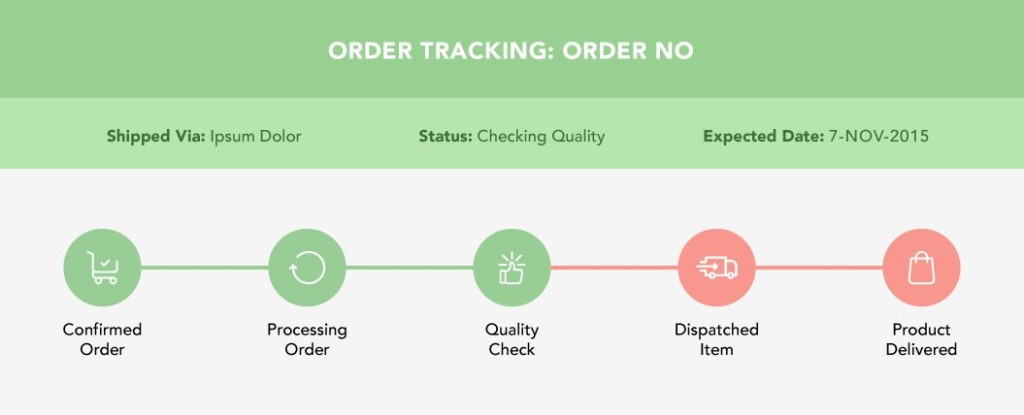
Customer service
With digitalization, B2B Buyers are looking for superior CX; they want their needs addressed, and they wish to speed up their buying decisions. Given that, here are recommendations for a more enhanced CX:
1. Instant chat
This feature can be installed to answer to customer queries in real-time.
2. Chat bots
This AI feature will enable a human-like conversation with prospective or existing buyers on orders made. For example, a bot can provide the customer with real-time order status via an order ID, etc. This is a big jump from the conventional scripted IVR.
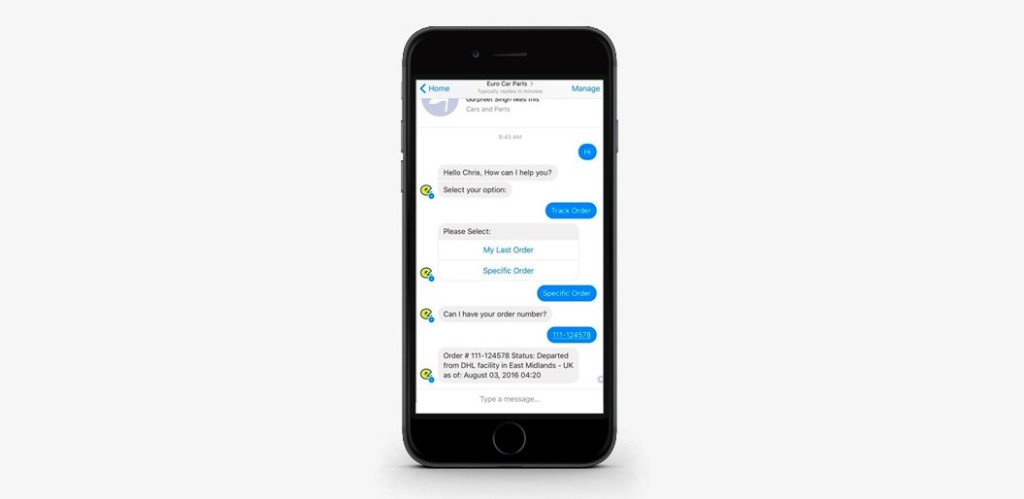
3. Help Desk
This feature will allow buyers to raise a ticket on their mobile app if they are in need of assistance or support. Once the ticket is generated, a support agent will address the buyer’s queries, in real time.
Offering omni-channel capabilities
This feature will enable buyers to switch between web, mobile, and other platforms in their customer journey.
1. Synchronizing a shopping cart
In case the B2B switches from mobile app to web, the shopping cart would be synchronized in both channels so as to not break the purchase flow.
2. Synchronizing the account history
Through synchronization, B2B buyers can easily track their purchase activities on both web and mobile devices simultaneously.
3. Enabling returns and refund
With this feature, B2B buyers can easily manage their returns and refunds via the mobile app.
On boarding
Once the B2B mobile app is optimized, the customer should be notified of the same and be on-boarded. In doing so, the customer would not only be able to view the enhanced features of the app, but also be ready to leverage them. This would lead to a more satisfying CX journey.
Conclusion
B2B mobile apps are the way forward!
With investments made in mobile app optimization for a more enhanced user experience and increased engagement, more and more B2B businesses are adopting it; and, with mobile traffic amounting to about 16% of B2B eCommerce visits, B2B businesses are sure that this number will continue to grow, and establish mobile as the future of B2B eCommerce app.

